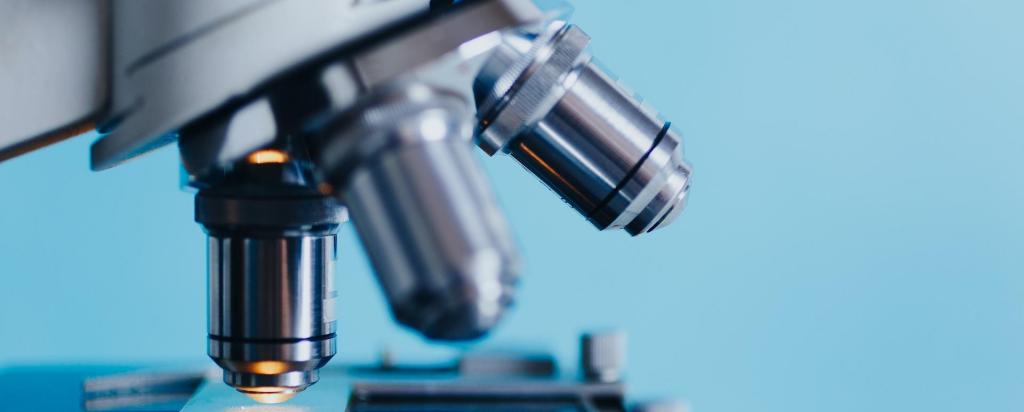Radiation Consultancy and Safety
ANSTO provides trusted advice, training and consultancy services to Australia’s resource sector.

Showing 81 - 100 of 2472 results
ANSTO provides trusted advice, training and consultancy services to Australia’s resource sector.
ANSTO is temporarily housing 12 tonnes of an important chemical for the SABRE Dark Matter Detector as part of the Dark Matter project.

Students learn about light and the colour spectrum, why objects are coloured, differences between coloured light and pigment and how our eyes see colour and light. They engage in two hands-on activities that combine science with art and encourage creative exploration of colour and light. Cost: $295 per session. Maximum class size: 30
Detailed data on ANSTO electricity use and CO2 emissions for FY2022 - FY2023
Samples and techniques on the Far Infrared beamline at the Australian Synchrotron.

Our research group carries out fundamental research uniquely applied to industrial problems in the areas of uranium, rare earth and lithium processing.
Our services include the use of techniques to develop innovative radiation detector technology, such as performing alpha spectroscopy to characterise charge collection capability and radiation transport simulation. We also have expertise in measuring the electrical characteristics of novel detectors and semiconductor devices.

ANSTO Instruments involved in reconstructing Australia's fire history.


This instrument can measure reflectivity at air-solid or air-liquid interfaces.
Stage 1 of the Stawell Underground Physics Laboratory was officially opened today. It will be home to multi-disciplinary scientists from five research partners who help us understand dark matter.

ANSTO: Australia’s knowledge centre for nuclear science and engineering.
ANSTO provides a summary of water usage and discharge for FY2022 - FY2023
Funding awarded for research on an additive manufacturing technique for use on rail infrastructure.
With a well-established portfolio of nuclear research and the operation of Australia's only nuclear reactor OPAL, ANSTO scientists conduct both fundamental and applied research on fuel for current, advanced, and future nuclear technology systems.

Consumers want to know that the foods they consume provide health benefits. Food materials science can monitor changes during digestion as well as assist in the development of low-fat products.

X-ray absorption spectroscopy (XAS) is a versatile tool for chemistry, biology, and materials science. By probing how x rays are absorbed from core electrons of atoms in a sample, the technique can reveal the local structure around selected atoms.
Technical information on the Far Infrared beamline at the Australian Synchrotron.